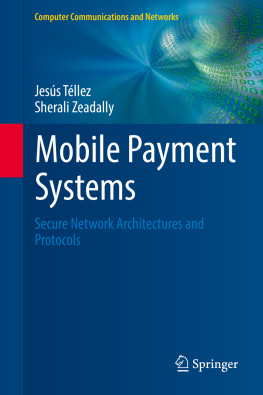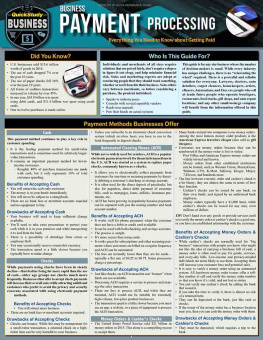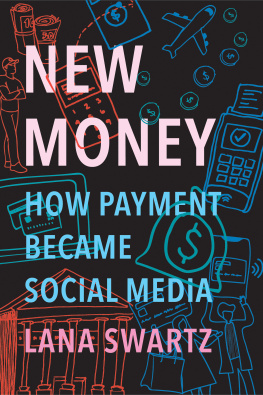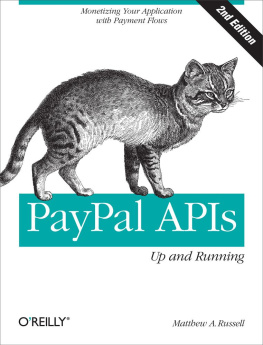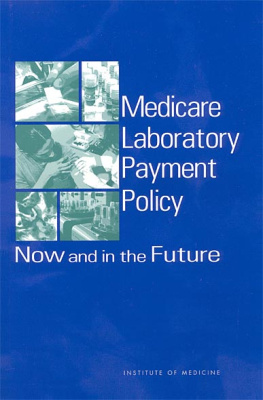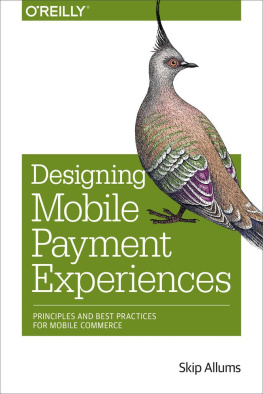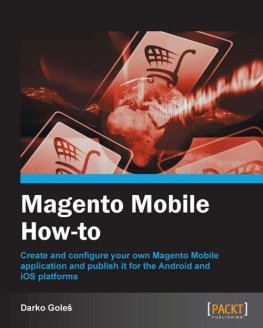1.1 Electronic Money
Since ancient times, man has devised various schemes to give value to things and to be able to trade them. The first method man used to get the things he wanted or needed was called Barter (see Fig. ].
Fig. 1.1
A man offering chickens in exchange for his yearly newspaper subscription []
According to Kelley [], money has three social functions: (a) as a unit of account, or a way to measure and record value (a pig is worth X dollars); (b) as a way to store value conveniently for future use (possession of a pig is replaced by possession of a bank account recorded in, and retrievable in, money); and (c) as medium of exchange (instead of having first to find a pig to trade for cloth, money buys cloth or a pig). These functions can only be performed if the money satisfies the following requisites: it must be easily and widely recognizable and difficult to forge (counterfeit), have a fairly value, be suitable and inexpensive for use in daily commerce, and it cannot be manipulated to change its value. There are many payment instruments (paper, credit and debit cards, checks, and coins) that currently satisfy these requirements and are widely accepted and considered to be traditional payment methods, which leads one to wonder if there is a real need to create new forms of money.
With the passage of time, the concept and use of money has evolved to major degrees of abstraction. Though they offer several definitions for money, economists traditionally have defined it as a means of socially accepted exchange, an abstract representation of a value (independent from the inherent value in the paper or metal) endorsed by an authority and generally accepted for the accomplishment of commercial exchanges [].
The increasing development of information and communication technologies (ICTs) allowed the world- wide propagation of the Internet and the emergence of a business environment, electronic commerce or e-commerce , whose physical location the buyer cannot easily identify and where the realized transactions are done electronically and can be observed by other entities foreign to the operation [].
In this new type of commerce, payment transactions are based on remote interaction where there is no possibility of direct contact between the payer and the payee. Therefore, traditional payment instruments cannot be used in electronic commerce because they are intended for use in payment transactions carried out through a face-to-face interaction , where the payer and the payee have the possibility of direct contact.
As stated in literature, the aforementioned situation is the main reason for the emergence of electronic money , which refers to all types of stored value cards (also called prepaid cards) and other means to create new forms of money that represent an alternative to the instruments issued or guaranteed by the government. Electronic money is also intended to behave similarly to traditional money but by replacing the traditional support with electronic support, or, in other words, changing the paper to bits.
1.1.1 Advantages and Disadvantages of Electronic Money
Undoubtedly, all technology involves a benefit to the user but also creates certain risks and disadvantages. As electronic money does not escape this reality, some advantages and disadvantages of this type of money are shown in the following paragraphs.
The use of electronic money as a payment model has the following advantages []:
It maintains the anonymity of the client.
It does not require that the merchant be connected with the bank during a transaction.
The transaction can be realized without the presence of the client.
It is portable and easy to use.
Nevertheless, despite the advantages discussed above, electronic money presents the following disadvantages []:
It requires specialized equipment for use.
The processing time and cost of the transactions both increase.
Overuse of the electronic coins.
It is susceptible to adulteration.
It is not easy to follow, therefore money laundering problems are created.
1.1.2 Characteristics of Electronic Money
An electronic money system can be considered as such if it has certain properties. The number of properties that the system fulfills determines its quality. A set of desirable properties of electronic money systems are as follows []:
Independence : Since the electronic money must be sent through the network, its security cannot depend on the security of the network.
Security : Because electronic currency consists of bits that can be digitally copied and reused easily, mechanisms that allow for the establishment of the authenticity and reuse of these currencies are necessary.
Privacy : The anonymity of the buyer should be guaranteed in valid transactions. This means that when a buyer uses electronic coins his/her identity should not be identifiable through their purchases. However, if some kind of fraud is attempted, the bank is able to identify the buyer in order to take necessary legal actions.
Off-line Payment : Transactions must be performed online. When a transaction is performed between a buyer and a merchant, the merchant should be connected with the bank to check the buyers payment.
Transferability : The money can be transferred to other users who may use those electronic coins later without any problems.
Dividability : A piece of money C can be divided into other smaller denominations. The sum of the value of the subdivided pieces must equal C .
1.2 Electronic Commerce
The face-to-face exchange of goods between two parties dates back to before the beginning of recorded history. The worldwide growth of the Internet has allowed the birth of an extensive spectrum of services (such as file transfer, electronic mail, etc.) where the most popular is e-commerce, a business environment which enables electronic transfer of transactional information [].
Electronic commerce is a rising technological wave that has flourished because of the openness, speed, anonymity, digitization, and global accessibility characteristics of the Internet, which has facilitated real-time business activities, including advertising, querying, sourcing, negotiating, auctioning, ordering, and paying for merchandise [].
In the literature, there exists more than a definition for e-commerce but, in general terms, it includes any normal business function performed via electronic networks. However, in this work, we follow the definition given by []:
From a communications perspective , electronic commerce refers to the process of delivering information, products, services, or payments through different means such as telephone lines, computer networks, etc.
From a business process perspective , electronic commerce refers to the usage of technology for automation business transactions and workflow.

